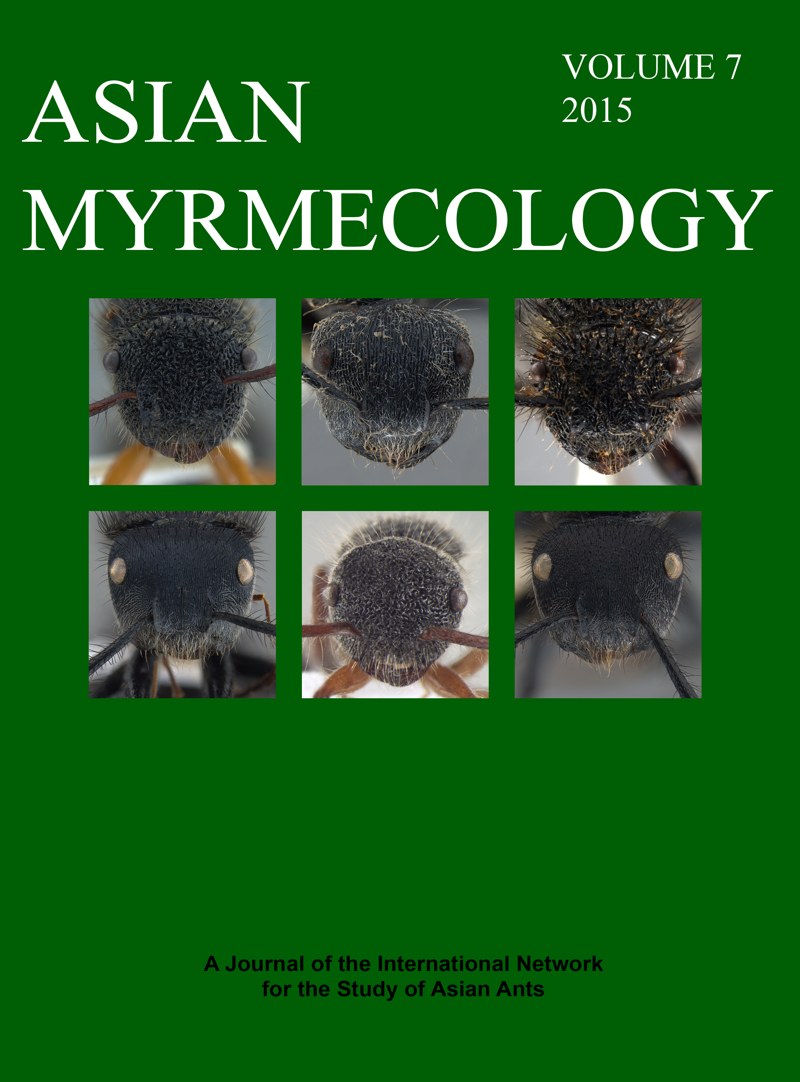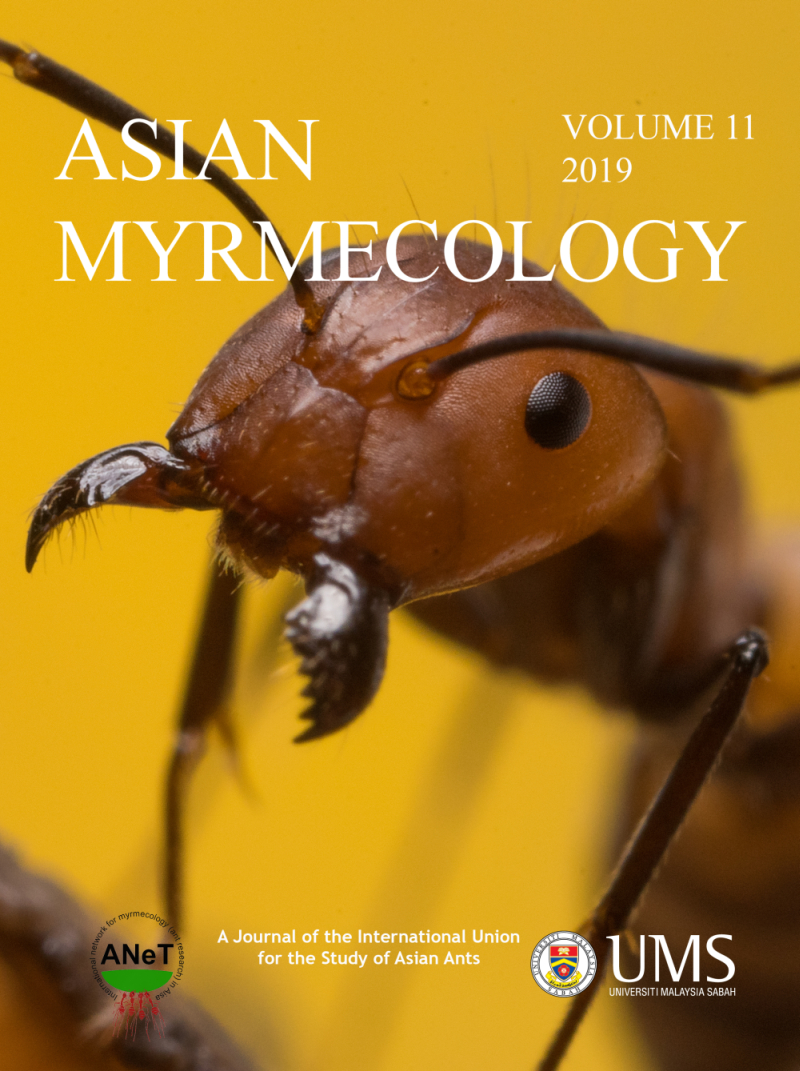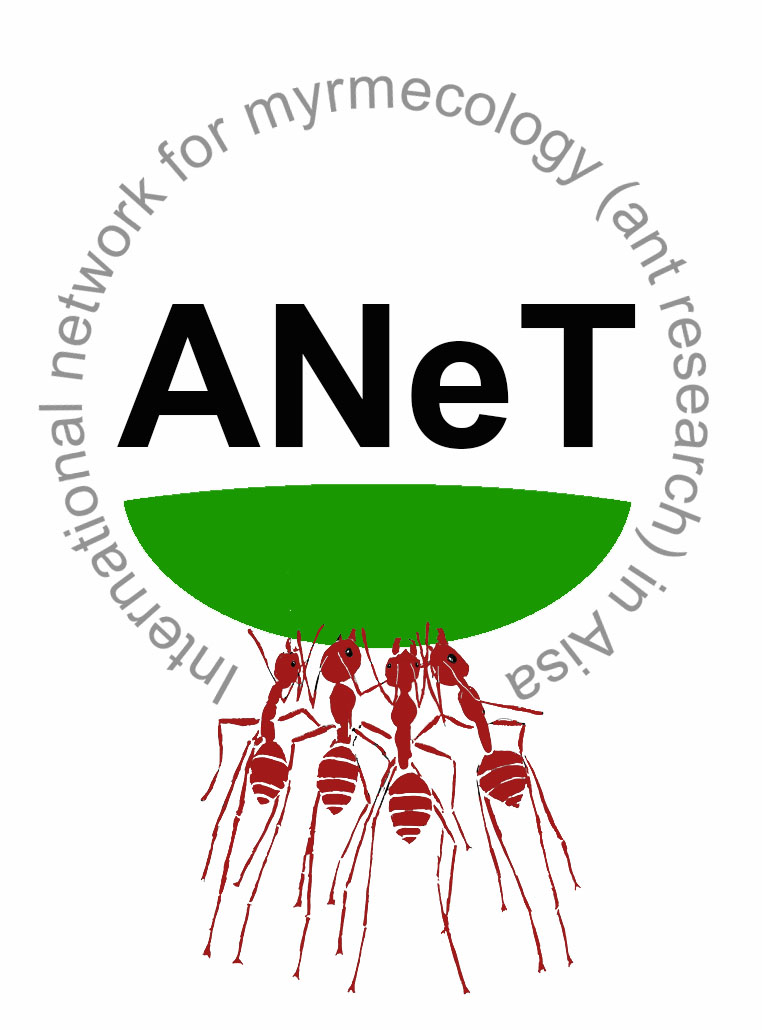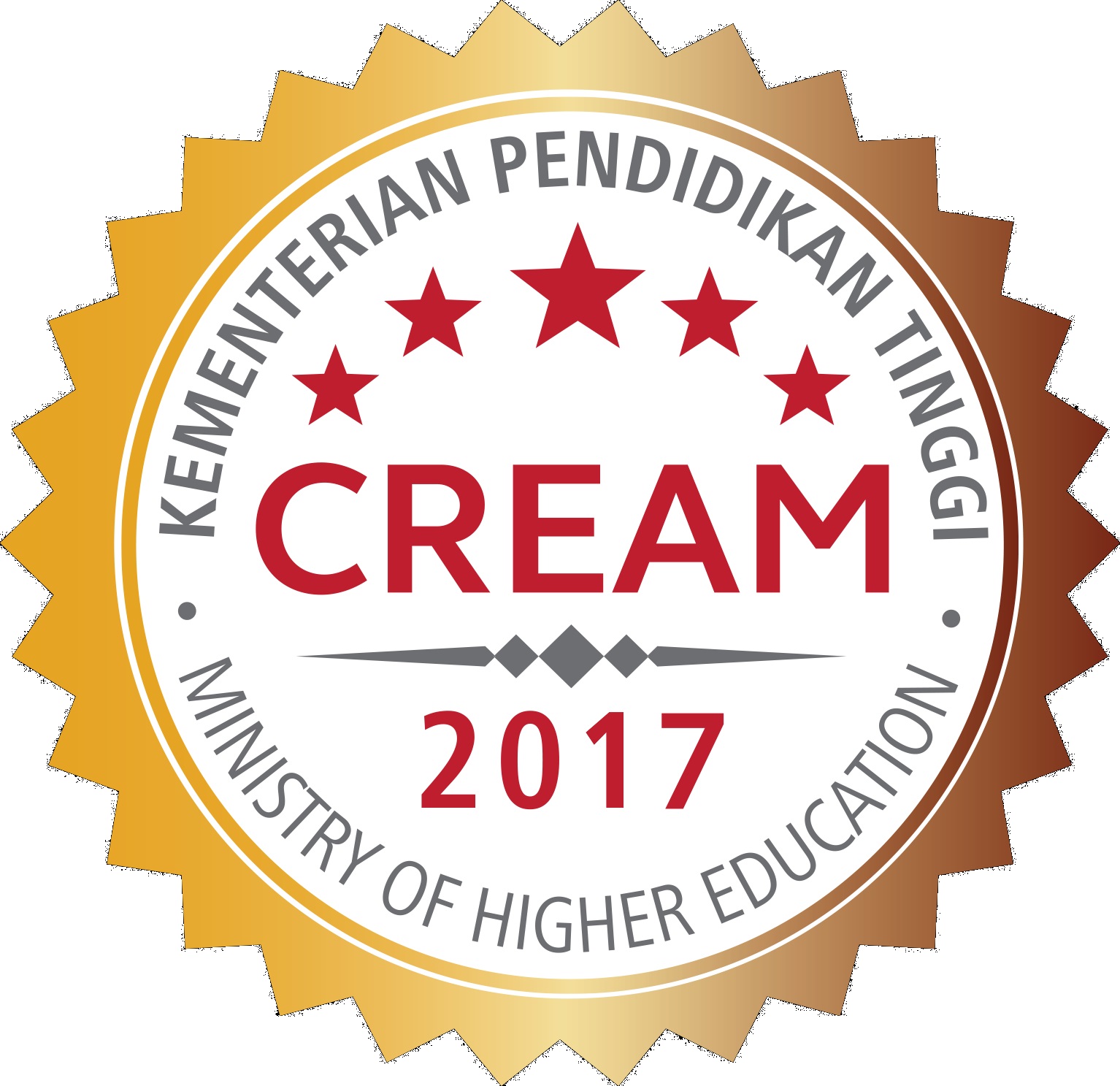ASIAN
MYRMECOLOGY
Applied Myrmecology
Asian Myrmecology, Volume 7, pages 159-170, published August 2015
DOI: 10.20362/am.007017
Comparing different methods to assess weaver ant abundance in plantation trees
JROSINE WARGUI1*, JOACHIM OFFENBERG2, ANTONIO SINZOGAN3, APPOLINAIRE ADANDONON4, DANSOU KOSSOU5 & JEAN-FRANÇOIS VAYSSIÈRES6
Abstract:
Weaver ants (Oecophylla spp.) are widely used as effective biological control agents. In order to optimize their use, ant abundance needs to be tracked. As several methods have been used to estimate ant abundance on plantation trees, abundances are not comparable between studies and no guideline is available on which method to apply in a particular study. This study compared four existing methods: three methods based on the number of ant trails on the main branches of a tree (called the Peng 1, Peng 2 and Offenberg index) and one method based on the number of ant nests per tree. Branch indices did not produce equal scores and cannot be compared directly. The Peng 1 index was the fastest to assess, but showed only limited seasonal fluctuations when ant abundance was high, because it approached its upper limit. The Peng 2 and Offenberg indices were lower and not close to the upper limit and therefore showed fluctuations throughout the season. The numbers of nests showed high fluctuations unlikely to reflect ant abundance, but rather reflected nest building behaviour influenced by tree phenology. In conclusion, nest counting is not recommended, whereas the Peng 1 index can track dynamics at low ant abundance and the Peng 2 and Offenberg indices can be used in most situations.
Keywords:
Oecophylla, density index, mango, cashew, Benin
Get PDF (455K):
1Faculté des Sciences Agronomiques, Université d’Abomey Calavi, BP 526 Cotonou, République du Bénin
2Department of Bioscience, Aarhus University, DK-8000 Aarhus C, Denmark
3Faculté des Sciences Agronomiques, Université d’Abomey Calavi, BP 526 Cotonou, République du Bénin
4Ecole de Gestion et de Production Végétale et Semencière, Université d’Agriculture de Kétou, 08BP 1055 Cotonou, République du Bénin
5Faculté des Sciences Agronomiques, Université d’Abomey Calavi, BP 526 Cotonou, République du Bénin
6CIRAD, UPR HortSys, 34398 Montpellier, France; IITA, Biocontrol Unit for Africa, 08 BP 0932, Cotonou, République du Bénin
*Corresponding author: detie11@yahoo.fr



